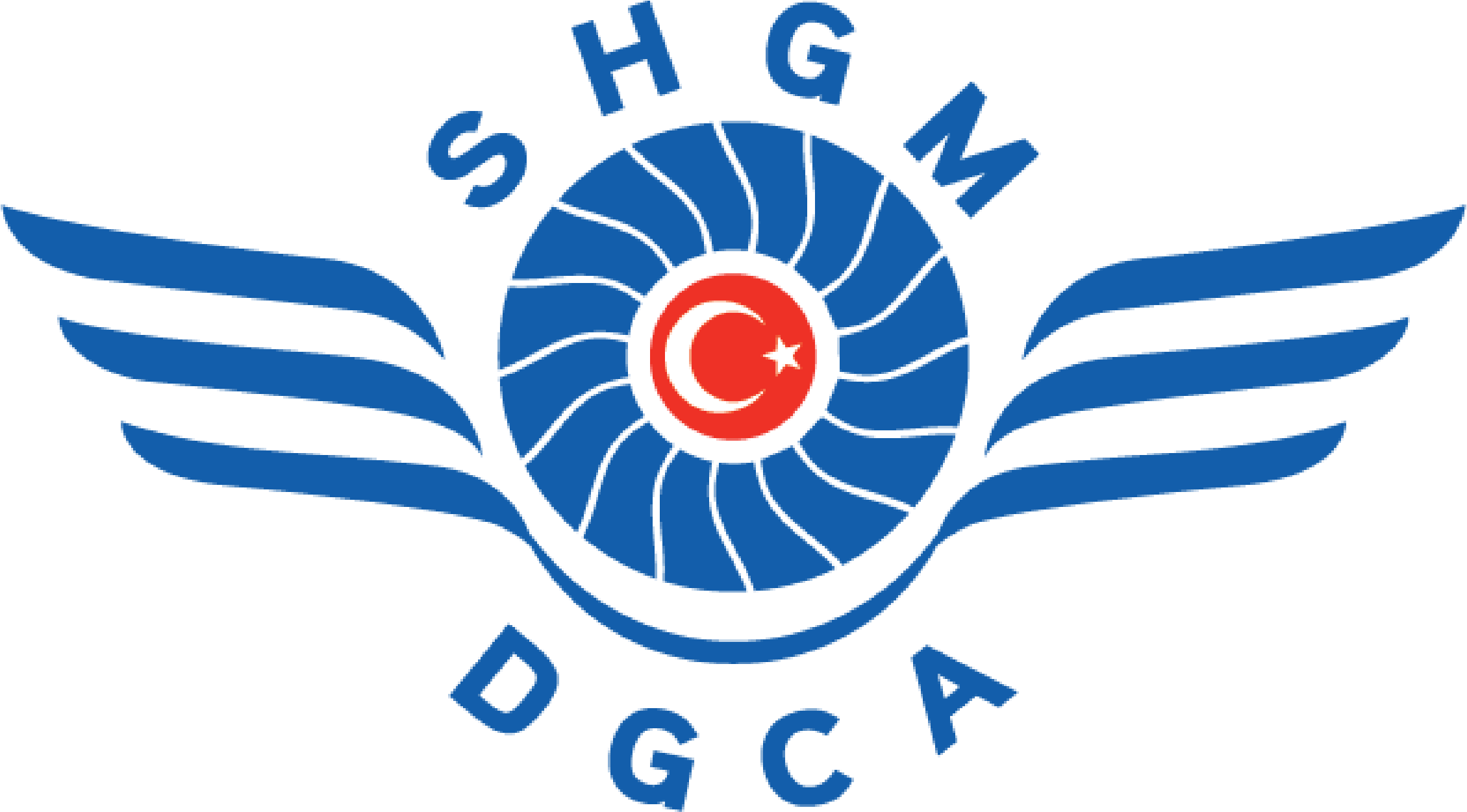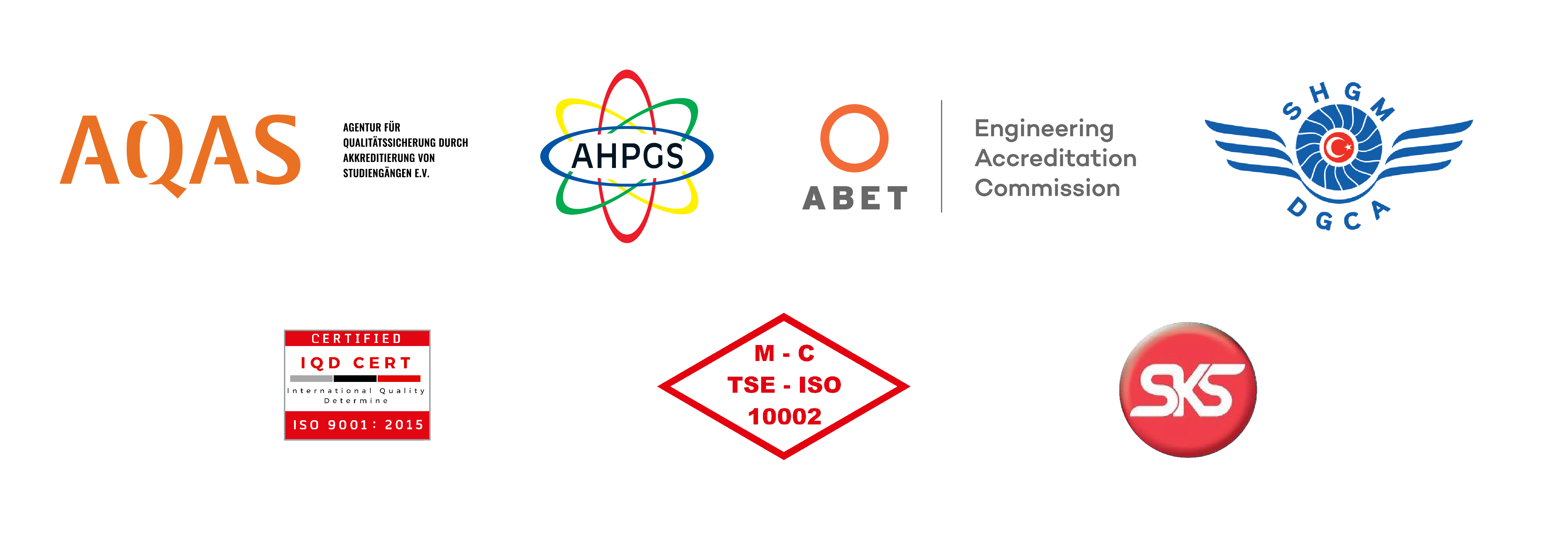White stork will fly again by a bearing prosthesis
The stork who lost his left leg by stumbling on electrical wires got well with the help of a ball prosthesis made by university students. The stork of which length of the treatment period is approximately 150 days will be released to the nature again just after the adaptation process will be fulfilled.
Hundreds of thousands of storks departing from Europe each year pass through Istanbul to emigrate. Employees of the Ministry of Forestry also found one of the storks who lost their legs by getting caught in electrical wires during the migration on January 16th. The stork lost the left lower extremity, was brought to the Istanbul University Faculty of Veterinary Medicine by the ministry staff for surgery. The stork, which lost its limb, performed the surgery and hereby the first step of the prosthesis was taken. Two university students Hamza Sinen and Selim Gündoğdu created a ball prosthesis and restored the stork.
JUST STARTED TO RUN ONLY IN 7 DAYS WHEN ONLY EXPECTED IT TO WALK
In cooperation with Istanbul University Faculty of Veterinary Medicine and Istanbul Gelisim University (IGU), animals in need are treated by university students. Within the scope of cooperation, the Faculty of Veterinary Medicine met IGU Orthotics-Prosthesis students Hamza Sinen and Selim Gündoğdu with the stork that lost their left leg.
Two young students who rehabilitated the injured stork by keeping it in a different area than the others emphasized that this work is based on volunteering. Informing about the treatment process of the stork, Hamza Sinen said:
“At the end of 7 days, we were expected for the stork to adapt to the prosthesis and walk with it, but our stork began to run. The muscles have weakening due to amputation. For this reason, our stork, which had difficulty even in balance in the first day, started to run with the prosthesis at the end of the 7th day. We visited the stork regularly every week and checked the prosthesis and recorded its progress. On the 8th day, we observed that the stork was adapted to the prosthesis and took it with the other storks. Our stork began to live in harmony with others here. The stork started to fly on the 52nd day. The loss of muscle was now almost absent and it adapted to the prosthesis.”
“WE WORKED ON PREVENTINGTO CAUSE THE PROSTHESIS TO DIFFERENT DISASTERS”
Stating that the prosthesis is constantly under control to prevent different deformations in the stork, Sinen said that their team consisted of professionals.
Sinen said “We are still students and we have deficiencies. But there are veterinarians, physiotherapists and orthosis-prosthesis students in our team. Prosthesis studies which are specialized on animals have not accomplished by such a team in that field in Turkey so far.”
THE PROSTHESIS WAS DESIGNED LIKE A BALL
Stating that before they started the prosthesis studies, they inquired about prosthesis that are made earlier and they designed another prosthesis, Sinen said that they analysed the almost same prosthesis with the other leg by a 3D Printer and it was not healthy for the stork. Sinen explained the situation:
“The stork cannot feel how it step with its leg in the phase of stepping on the floor in these kind of prosthesis because it cannot feel the absent extremity and this changes the angle of step onto the ankle by time. Therefore, it has difficulty standing in balance and walking, as well. We designed the prosthesis shaped like baton and six balls. Because the stork cannot feel the absent limb and the prosthesis hits the sole part of the foot again by spinning due to its ball shape no matter by which angle it steps. In this way, it does not have a difficulty standing in balance. Storks can rescue its leg easily when it sticks in the mud or stumbles on branches because it is a wild animal.”
GERM-FREE MATERIAL USED
Celil İlgün who is an academician emphasized that the prosthesis implementation to animals is a brand new profession in Turkey. Stating that they made numerous prostheses to people, İlgün said that they have some fears, when animals are the case.
İlgün said: “We had some drawbacks in practice because we made prostheses to animals for the first time even though we made many prostheses to human patients. We had temporary light metals that we used in humans and we started using them. It gave a very good result. We used plastazote for the stork’s prosthesis. The feature of this material is that it does not contain germs. This substance does not cause irritation in the body when sweating.
THEY ALSO HELP OTHER ANIMALS
Stating that they have also designed prostheses to the other needy-indigent animals like seagulls, cats or dogs, Selim Gündoğdu expressed that his disabled cat which he adopted from the street had an influence to start this project. Gündoğdu spoke: “
Gündoğdu, “I thought that we study in this department and why we do not make prostheses. I communicated with my department professors. Our lecturers liked this project very much and said that we could cooperate with the veterinary faculty. Thus we helped many animals.
Istanbul Gelisim University School of Health Sciences Orthotics-Prosthetics Head of Department Prof. Dr Rıfat Mutuş said that the students both had the opportunity to practice on live materials and contributed to the nature within the scope of this cooperation.
While the treatment and adaptation process continues, and the stork waits for the day when it will be released to the nature, university students expect the support of volunteers for the supply of materials.
.jpg) Created Date: : Monday, June 24, 2019
Created Date: : Monday, June 24, 2019
.jpg) Created Date: : Monday, June 24, 2019
Created Date: : Monday, June 24, 2019







